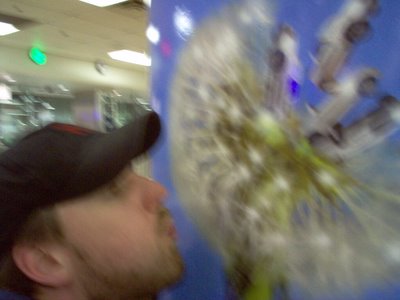October 25, 2006
TravelCLICK Inc. has signed an exclusive agreement with VFM Interactive to market Viz-it, a rich digital media content management solution designed to distribute rich media across electronic channels and enhance the online consumer experience.
A report by Harris Interactive indicates that more than two-thirds of online travelers rate visuals as one of the most important buying factors for consumers choosing a hotel online. And, according to another study for the travel industry, rich media click rates are typically five times higher than those for non-rich media(1).
Viz-it works synergistically with TravelCLICK's iStay booking engine, which is designed to optimize hotel merchandising through an enhanced Flash- based user interface. Part of the iHotelier central reservation system, iStay provides a highly graphical, integrated shopping and booking experience using a variety of rich media, including compelling photographs, floor plans and 360-degree room views as well as VFM's Premium Video and Photovideo Tours (videos created from existing image assets).
"Visual content that communicates the guest experience is a powerful conversion tool. It's a must-have for hotels that want to differentiate themselves, particularly independent properties that are trying to build their brand positions," said TravelCLICK Senior Vice President Scott Farrell. "With VFM's advanced digital content management and distribution platform, TravelCLICK provides hotels with the power and flexibility to create a consistent visual brand identity across all targeted distribution channels."
TravelCLICK hotel clients now will be able to leverage digital media well beyond their own websites. Viz-it's web-based management and distribution tool provides a single-source solution for media management and distribution, allowing properties to control media distribution through the GDS, Pegasus Online Distribution Database, search engines and more than 20,000 travel sites including Travelocity, Orbitz, Trip Advisor and Apple Vacations. And, making use of a unique feature of VFM's platform, TravelCLICK customers can selectively control exactly where specific media appears across the Internet.
"The exclusive partnership between VFM and TravelCLICK will provide hoteliers with a unique merchandising advantage," said Paolo Boni, President and Chief Executive Officer of VFM Interactive. "By combining our rich digital media solutions with TravelCLICK's powerful iStay booking engine, we are able to deliver an unsurpassed online customer experience. We are working closely with TravelCLICK to explore all the ways rich media can be used to create mind share among online consumers, market incremental services and increase revenue for its hotel customers."
Related Link: TravelClick



